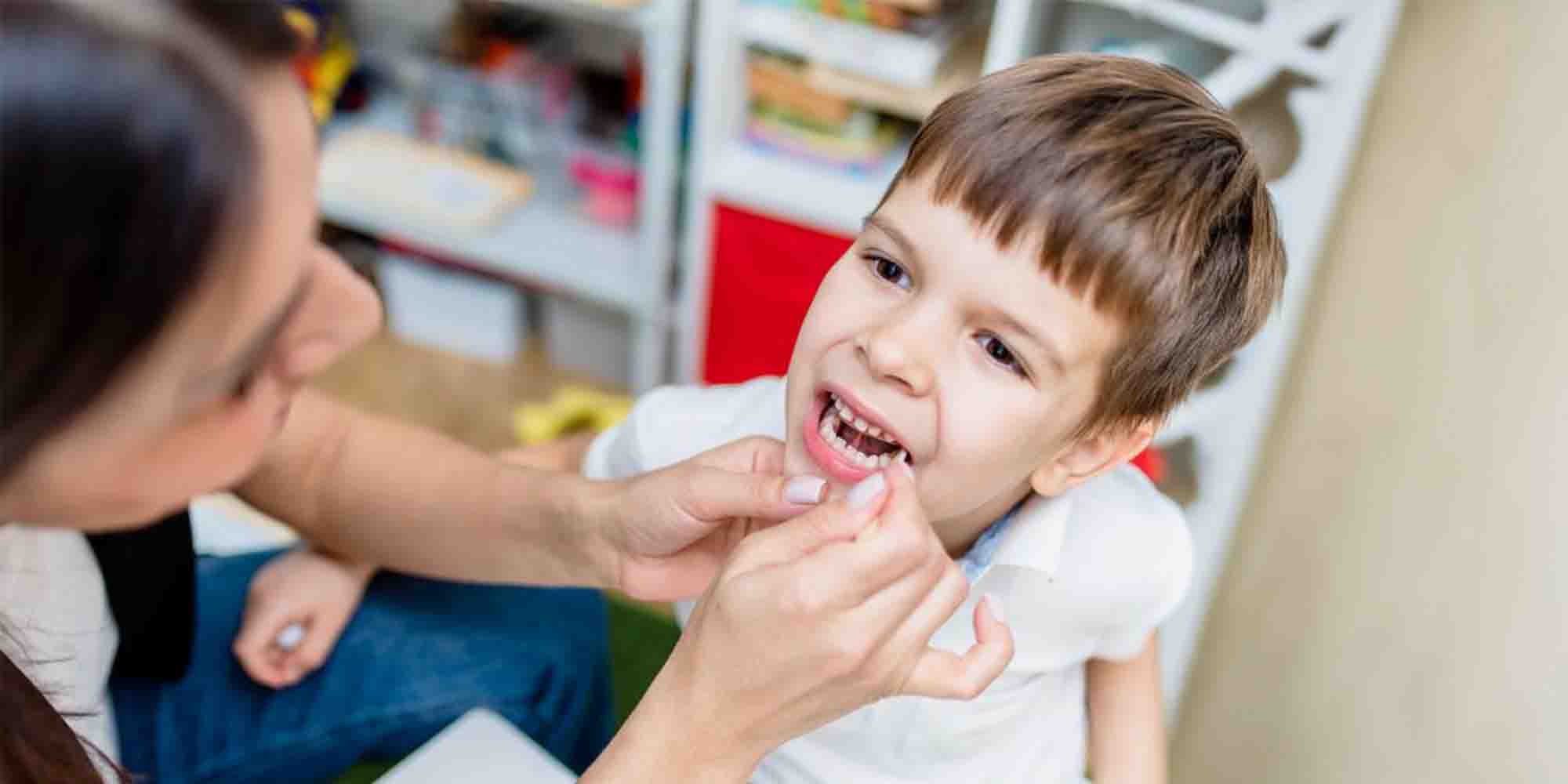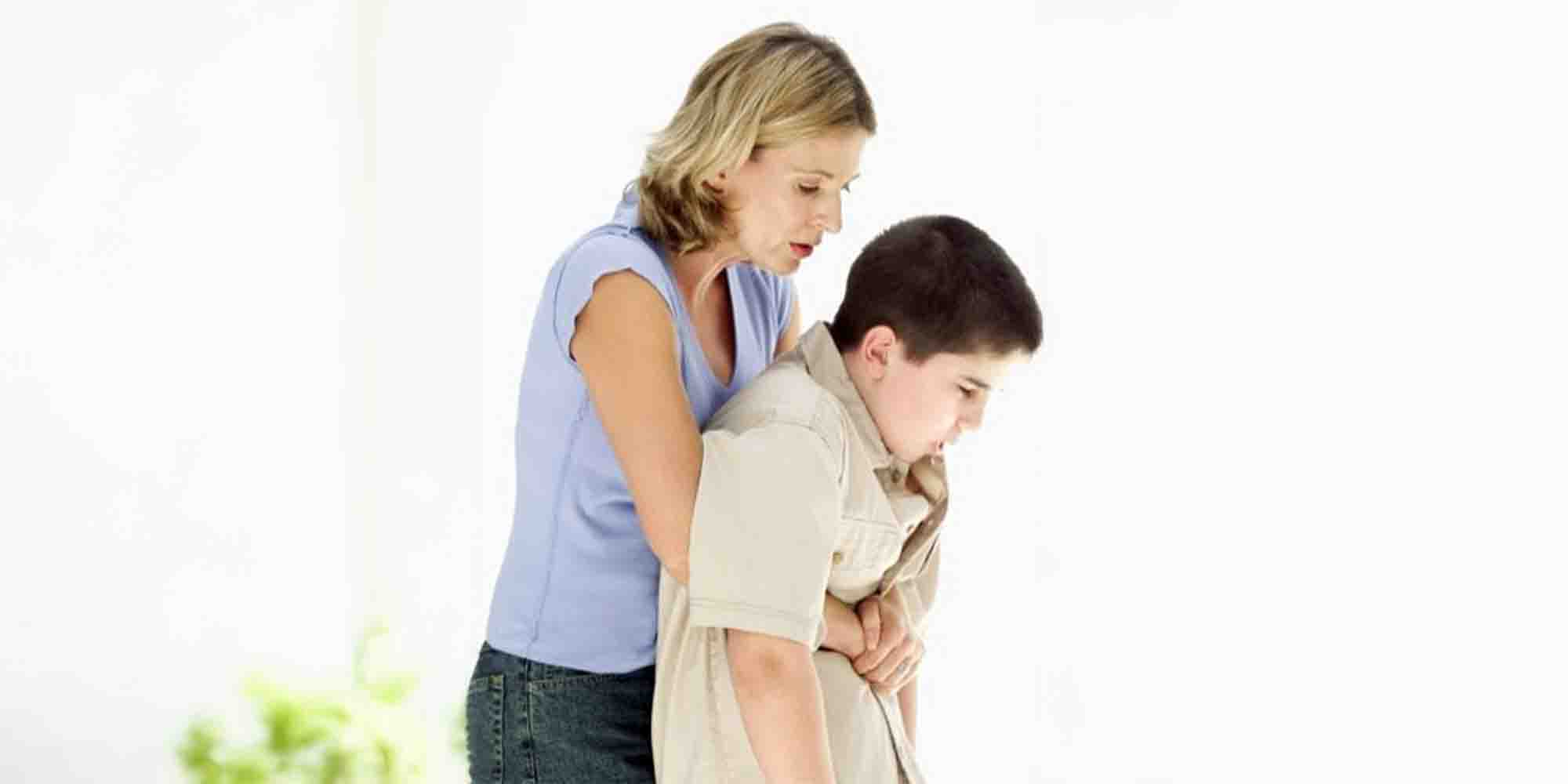It’s every parent’s worst nightmare: one moment, their child is happily enjoying a snack and the next, they’re gasping for air. For children, choking hazards can range from food to everyday objects like toys and button batteries. Choking incidents can happen in an instant so it’s important to know what to do if a child suddenly starts choking.
In a choking incident, where can the foreign object be located, and does its size determine the location?
Accidental ingestion or inhalation of foreign objects may get stuck at the back of the throat (pharynx), airway (larynx, trachea or lungs) or oesophagus. In adults, the common culprits are fish bones, followed by chicken bones and sometimes undigested meat. We see these cases more frequently around festive seasons when people consume a lot of food. For kids, it’s usually coins, round button batteries, toys and even food like peanuts and grapes. Bigger objects tend to get stuck in the upper airway and smaller one travels to the upper digestive system or the lungs. I once removed a tiny toy aeroplane that got stuck in a one-year-old’s airway. He was choking and wheezing but I managed to remove it immediately. That was a close call!
How do you remove a foreign object from different parts of the airway?
Generally, if the doctor can see it from the mouth or using a scope, we can try to remove it in the emergency department or a clinic setting. If the foreign body has already travelled down to the upper oesophagus or the trachea/bronchus, a procedure is needed in the operating theatre. We will use specialised instruments like a laryngoscope, bronchoscope and oesophagoscope with a camera that is introduced from the mouth, so no cutting is necessary.

What are the damages that can occur to the airways of a choking incident survivor?
Most of the time, once the object is removed, there will be none to minimal side effects. But complicated cases may cause swelling of the airway, scarring or even collapsed lungs. The most notorious objects responsible for choking incidents are button batteries. It can erode the airway and cause massive bleeding and swelling. Other objects like peanuts, tend to break into smaller pieces and get dislodged lower down into the lungs, making removal more difficult with higher complications.
How does choking usually happen among children?
“Children are generally very curious. Especially if the objects are shiny and bright in colour. They will want to try and insert the objects in their mouth while playing. Common objects are often small, hard, or round objects, like coins, marbles, button batteries, small toys, as well as foods that are too big or difficult to chew, like whole grapes and peanuts or popcorns.”
“Choking occurs when food or an object blocks the airway, thus young children will not be able to breath properly. At mealtimes, children tend to play, talk or laugh while there’s still food in their mouth. They get distracted, and then tend to swallow the food quickly without properly chewing. Food may go down the wrong path into the windpipe and cause choking.
“Younger children and toddlers often have less control over their swallowing muscles and may not be able to clear their airways effectively. Their windpipes are smaller, so the risk of a blockage is higher. As they get older and develop more coordination, the risk of choking typically decreases.”
If a child has something stuck in their throat, what is the safest way to help?

When a child is choking, it’s important to act quickly to clear their airway. Common methods that can be used are back blows, chest thrusts and the Heimlich manoeuvre (also known as abdominal thrusts). Which method you use depends on the child’s age.
The goal is to use firm, but controlled force to expel air out of the lungs, creating pressure to dislodge the object. For parents who are worried that the Heimlich manoeuvre can hurt the child; when it is done with proper method and positioning, it should not cause any injuries.
During an emergency, the discomfort caused by back blows far outweighs the importance of saving a child who is gasping for air. It’s a small price to pay to get the child breathing again. If one is unsure about the technique, it’s always helpful to get certified in infant or child first aid and CPR (chest compressions and rescue breaths), as it can provide valuable skills and confidence in an emergency.
How different are rescue methods when it comes to children of different ages?
Rescue methods differ with age. For infants (under one year old); perform BACK BLOWS. Hold the infant face down on your forearm, supporting their head and neck. Give up to five back blows between the infant’s shoulder blades with the heel of your hand. If back blows don’t work, perform CHEST THRUST. Turn the baby over to face up and perform chest compressions (two to three fingers on the chest, just below the nipple line, pushing down about 1.5 inches deep).
“For toddlers or young children (more than one year old); you can use a combination of BACK BLOWS and HEIMLICH (ABDOMINAL THRUST). For back blows, bend them forward at the waist (supporting their chest and neck) and strike firmly between the shoulder blades. For Heimlich, stand behind the child, place a fist just above their navel cover it with your other hand, and perform inward and upward thrusts (quick, forceful pushes), aiming to create enough pressure to expel the object.
“If the child becomes unconscious, start CPR and check the mouth for any visible object each time you perform chest compressions. Continue CPR until help arrives or the child starts to breathe on their own.”
What are the things you should NOT do when a child is choking?
Don’t stick your fingers into the throat to pull the object out. This could push it further down, making the blockage worse and more difficult to remove. Most importantly, NEVER try to poke, cut and insert a straw into a child’s throat to get the child to breathe, as you see in the movies. In real life, it is very dangerous. That can risk bleeding, and injury to the airway and esophagus and even the major vessels of the neck. Also, don’t try to give them water or food as it may push the object further into the airway, worsening the situation. Only give them food or water once the choking is fully resolved.
What does a child in severe choking distress look like?

A child in severe distress due to choking will be:
- Unable to breathe, make a sound cry or speak.
- They will keep on coughing or gagging in an attempt to clear the airway. The cough may sound raspy and strangled
- They show signs of panic; wide eyes, frantic movements, grabbing at their throat (universal sign of choking)
- In severe cases, there may be a wheezing sound, breathing becomes laboured as the child struggles to breathe.
- As the oxygen in their body continues to drop, their skin will become bluish (cyanosis), especially over the lips, and fingers.
- And in extreme cases, when the obstruction is not relieved quickly, they may become unconscious and unresponsive.”
If the child survives, what possible aftereffects might they face?
If a child survives a choking incident, aftereffects can occur depending on the severity, duration of choking and any complications following the events. Most children recover fully, but serious choking episodes can lead to brain damage, respiratory complications that include lung infection, and damage to the airway or oesophagus like swelling and scarring, making it difficult for the child to breathe normally or swallow. Due to the traumatic experience, the child may have long-lasting emotional consequences leading to anxiety or phobias.
This article first appeared in parenthood on April 4, 2025.
Berkongsi:
Adakah artikel ini membantu?
Ketahui lebih lanjut tentang Telinga Hidung Dan Tekak di Columbia Asia
Ketahui lebih lanjutPerlukan bantuan lanjut?
Bercakap secara langsung atau hubungi Columbia Asia hospital berhampiran anda.
Hubungi KamiBerkongsi:
Adakah artikel ini membantu?
Pakej Kesihatan
Meningkatkan kesihatan anda dengan pakej kesihatan yang disesuaikan di Columbia Asia Hospital. Jaga perjalanan kesihatan anda hari ini.

